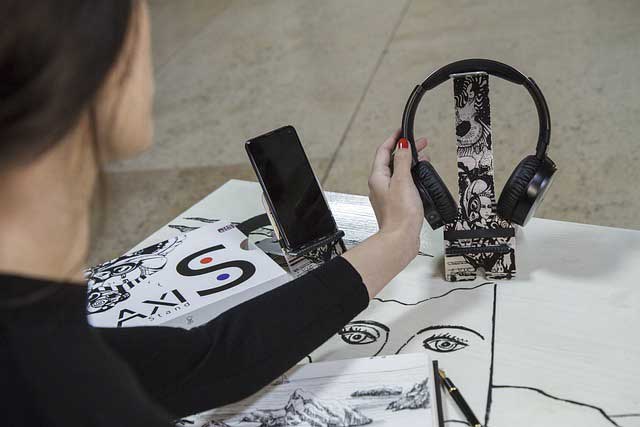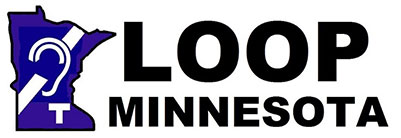
It is all about access to communication
Recently, the question was asked in a meeting why we keep talking about the need for telecoils in hearing aids and cochlear implants and the installation of hearing loops in venues when Bluetooth is in and telecoils and loops are out.
This is a very timely question as it talks to the confusion about current and future use of Bluetooth for those with hearing loss.
Hearing loops and telecoils work together anywhere in the world. They work in venues of any size, from TV dens in homes to convention halls. No synching needed.
While Bluetooth enables wireless connections between smartphones, hearing aids and other Bluetooth devices, even the latest version of this technology is not ready for public, large-scale signal broadcasting. That type of connectivity is still at least another 10 years out, according to technology specialists.
Loops and telecoils versus Bluetooth? At this time, these are two very helpful but different types of technology that coexist and complement each other.
Telecoils and Bluetooth can be installed together in the same hearing instruments, such as hearing aids and cochlear implants. They have their pros and cons but for the foreseeable future, we need both types of technology.
Because in the end, this is all about quality of life through equitable access to communication for those with hearing loss.
Bluetooth changes by leaps and bounds
In 2014, Bluetooth became a popular feature in hearing aids. People with hearing loss immediately appreciated having a direct, wireless, hands-free connections between their smartphones and their hearing instruments.
Nowadays, cochlear implants, earbuds and devices known as “hearables” are also routinely Bluetooth-enabled. Hearing devices can link up with laptops, TVs and computers and more. Accessories like Bluetooth adapters and streamers help bridge connectivity and compatibility issues.
Overall, Bluetooth is technology that allows wireless, one-on-one, short distance connections between different devices that recognize each other. So far, it is mostly helpful for private, personal use.
Enter Bluetooth LE 5.2
With its new coder-decoder (CODEC) LC3, Bluetooth LE 5.2 is fast becoming the new hype of the town. Within the next year or so, this technology will be found in smartphones, hearing instruments and other devices. While it offers some great advantages, converting to this latest Bluetooth version, or protocol will NOT be a simple software upgrade of existing technology.
And so, people must prepare themselves to invest in new phones and hearing instruments capable of handling this newest Bluetooth edition. In order to get ready for Bluetooth LE (LC3), manufacturers are busy adapting their device hardware and software. Particularly, instrument “chips” must be redesigned and re-licensed.
No overnight magic
Although hearing technology changes very fast, there will be no overnight magic. Getting high-quality, reliable Bluetooth connectivity in large spaces is a worldwide undertaking. Progress is expected within the next 10 years or so.
For the time being, the Bluetooth emphasis is still on short-distance connections. Even the latest Bluetooth LE 5.2 (LC3) version is not ready for public audio broadcast in big venues, such as places of worship, airports, lecture and convention halls etc. There are many kinks to be worked out.
Also, as venues must have hearing loops installed for telecoils to function, so venues must be equipped and readied for Bluetooth LE 5.2 (LC3) transmission and reception.
So far, Hearing loops and telecoils are our best and only bet for understanding speech in large, noisy places. And so, there is a continued need for this technology. It is ready and available to help us hear better NOW as well as throughout the lengthy Bluetooth LE 5.2 (LC3) transition period.
Read more: Bluetooth streaming instead of induction?
*****
To learn more about all sorts of topics on ears and hearing, visit my website at hearing-loss-talk.com
